How to Optimize Your AdWords PPC Campaign Structure
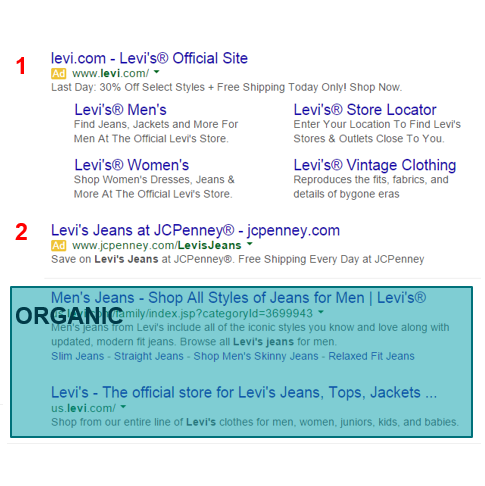
There are a variety of practices on how to set up your AdWords PPC campaigns and build them appropriately, but why does it matter?
According to Kelly O’Connell, PPC Architect at CPC Strategy, PPC architecture has a significant impact on:
“Also when it comes to reporting, the visual is really important. How you label your campaigns (not necessarily labels in AdWords) but labeling your campaign names with the campaign type (ex: Trademark_Best Buy or Brand_Samsung makes it easier to filter and report on specific campaign types.
When someone searches on Google, AdWords finds all ads whose keywords match that search. From those ads, AdWords ignores any that aren’t eligible including ads that target a different location or ads that have been disapproved.
Of the remaining ads, only those with a high Ad Rank may show. It’s important to remember that ad rank is a combination of bid, ad quality, and the expected impact of extensions and other formats.
Campaign Architecture> Quality Score> Ad Rank> Ad Position
“If your campaign architecture is not up to best practices, your ad rank and ad position will suffer,” she said.
Ad Rank is used to determine if your ad will show and where it will show. This is recalculated each time your ad is eligible to appear as in the below example:
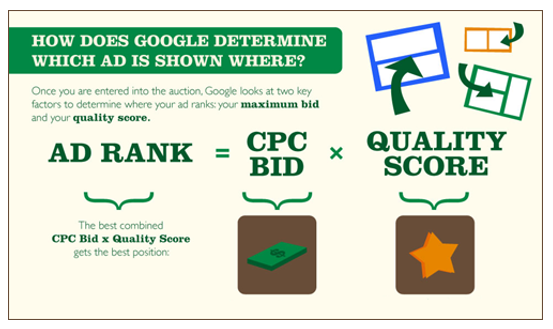
The AdWords auction is the process that happens with each Google search to decide which ads will appear for that specific search and which Ad Position the ad will receive. The Ad Position is where your ad appears on the SERP page relative to the other ads and is determined by Ad Rank (as seen below).
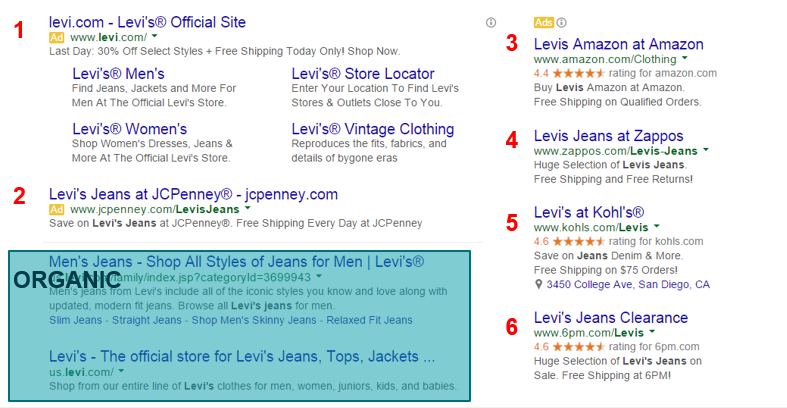
Having a high Quality Score means that AdWords thinks your ad and landing page are relevant and useful to someone looking at your ad.
Quality Score components include:
Higher quality ads typically lead to lower costs and better ad positions. AdWords works best when ads are relevant and relevant ads tend to earn more clicks, appear in higher position, and bring retailers the most success.
“The bottom line here is even if a competitor is bidding higher than you if you have a relevant ad and a high quality score – you can technically earn a higher ad position at a lower bid.”
The auction process is repeated for every search on Google, therefore each auction can have potentially different results. Retailers should keep in mind that it is normal to see fluctuation in ad presence and ad position; results will depend on the competition at the time of the search.
The standard type of AdWords text ad typically includes a link to your website and a description or promotion of a product.
General text ad structure will include:
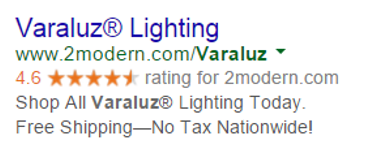
Best Practices For Text Ads:
“The character count in an ad is limited to 25 characters per headline, and 35 chracters per description line and display URL. When writing an ad, one must stay within character limitations, otherwise the ad will not show on the SERP. In terms of punctuation, it’s always a good idea to use registered trademark symbols on any brand name not only for legal reasons, but because the symbol will draw users’ eyes to the ad and more importantly, it will convey authenticity and reliability,” O’Connell said.
“You should always end your description line 1 with a period. This is important because in some cases if your ad shows high enough in ad position on the SERP page, Google sees that period and in some cases will append your description 1 line into your headline, which will give you a longer headline which is important because the headline is in bold and bigger font than the rest of your ad. (You will be taking up more real estate on the SERP page.)”
Keywords can be defined as the semantic derision or reduction of a given search query. Multiple search queries pertaining to cookware sets (ex. “copper bottom cookware set” ; “stainless steel cookware set”) could have the common keyword of “cookware set,” depending on the match type.
Search Queries are the actual string of words that a search engine user types into the search box or the real-world application of a keyword.
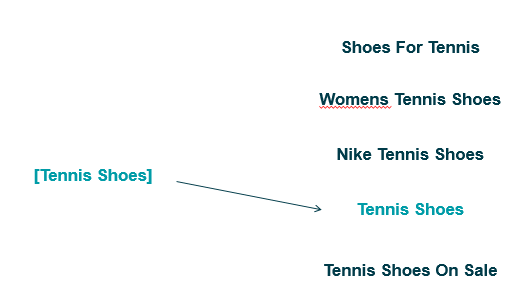
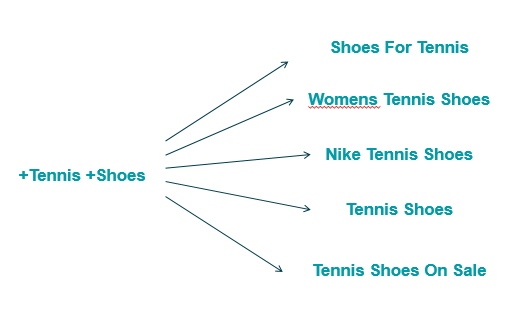
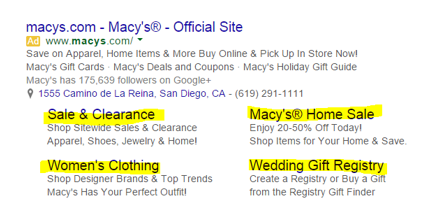
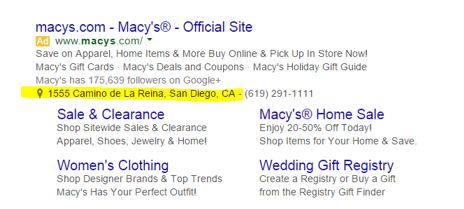
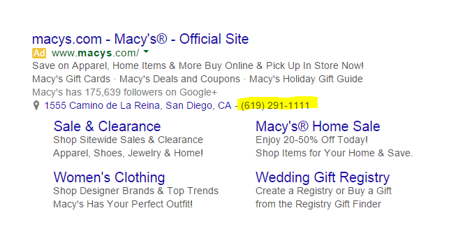
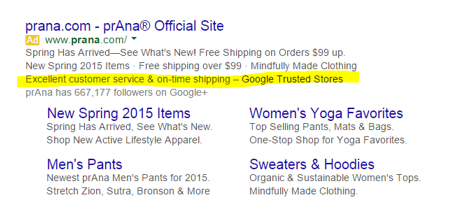
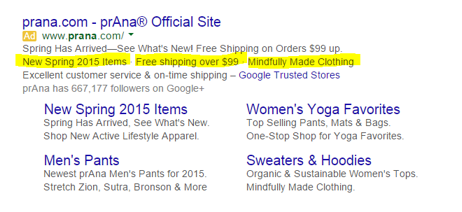
“How to Customize the AdWords Automated Extensions Report“
Below are two examples of a simple and extended AdWords account structure:
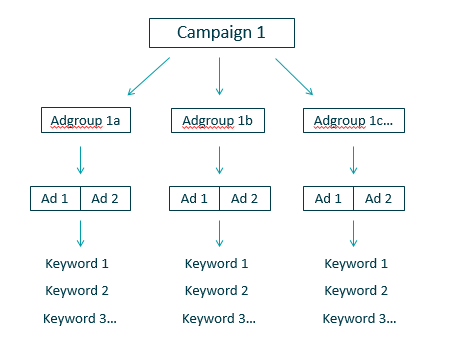
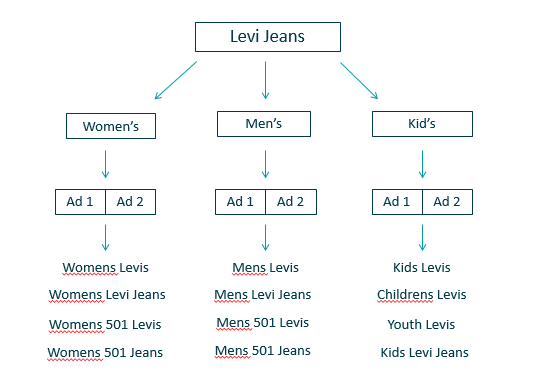
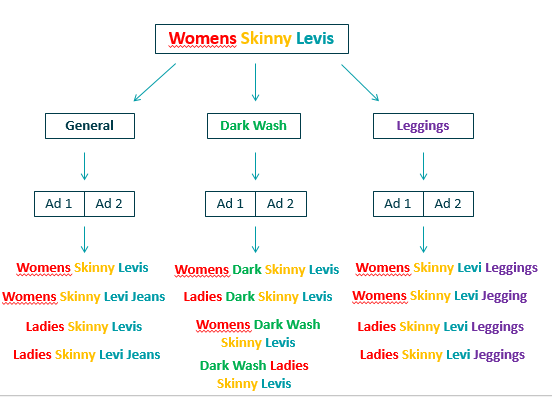
As seen in the below example – once a campaign structure is in place – retailers can use the format to expand their campaign – enabling better organization, analysis and campaign control.
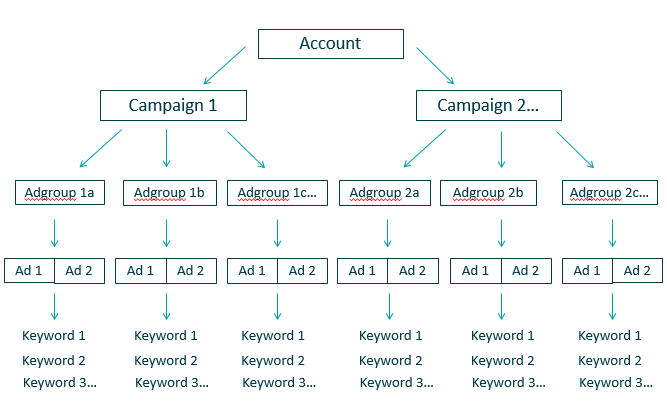
Pay Per Click (PPC) ad copy testing is a critical part of any thriving campaign. Retailers should constantly leverage product-level performance data to drive their strategy and construct highly efficient, constantly evolving campaign architectures that create a balance between maximizing order volume and profitability.
Ultimately, PPC ad copy testing helps retailers raise their Quality Score – which can lead to better ad relevancy, improved click through rate (CTR) and more conversions.
If retailers already know this, why do they hesitate to continue testing ad copy after their initial campaign set up?
“A lot of retailers look at Return On Advertising Spend (ROAS), so they tend to focus on factors such as bid adjustments that are going to move the needle more aggressively rather than ad copy testing,” O’Connell said. “If a retailer’s ad copy is doing fine, then their first thought is to adjust the bid on the keyword rather than the ad itself. Ad copy can fall to the back burner or be overlooked.”
In addition to bidding strategy, relevant keywords and campaign settings such as dayparting and geotargeting, retailers should also be testing ad copy across all major search engines.
For more on avoiding PPC testing complacency – check out Best Ad Copy Tests for PPC Advertisers or email [email protected]
